The FIA has moved to calm fears over the performance of Formula 1’s 2026 cars, insisting that initial lap-time differences will not define the season.
Amid widespread debate and criticism from drivers, the governing body says teams and drivers will quickly adapt, and any slow start will be temporary as the cars evolve.
The upcoming 2026 regulations have sparked significant discussion within the paddock, with several drivers expressing concerns over the new car designs.
Ferrari’s Charles Leclerc, for instance, has voiced apprehension about the new cars being “less enjoyable” to drive, noting that they are “not the most enjoyable race car I’ve driven” during simulator tests.
McLaren’s Oscar Piastri has also highlighted challenges, suggesting that some aspects of the new regulations might not add to the competition or spectacle.
Other concerns include claims that 2026 could become an “energy management championship” and worries over lap times. With less downforce, the new cars will be quicker on straights but notably slower through corners.
Despite these concerns, the FIA maintains that the initial performance differences will not be a significant issue. Single-seater director Nikolas Tombazis emphasised that while simulations indicate the new cars will be slower initially, this is not expected to be a long-term concern.
“First of all, I do get a bit surprised by how much emphasis is put on the actual lap times,” he told Autosport. “We’ve had various phases of the sport when cars have been slower or faster, and I think once you are used to it, it’s okay.
“If you walk out of a simulator or in real life go from one car to another car that is one second and a half slower, you initially think ‘this is not a good car’, because you feel that second and a half.
“But I think once you’ve driven that a bit, then it actually doesn’t matter.
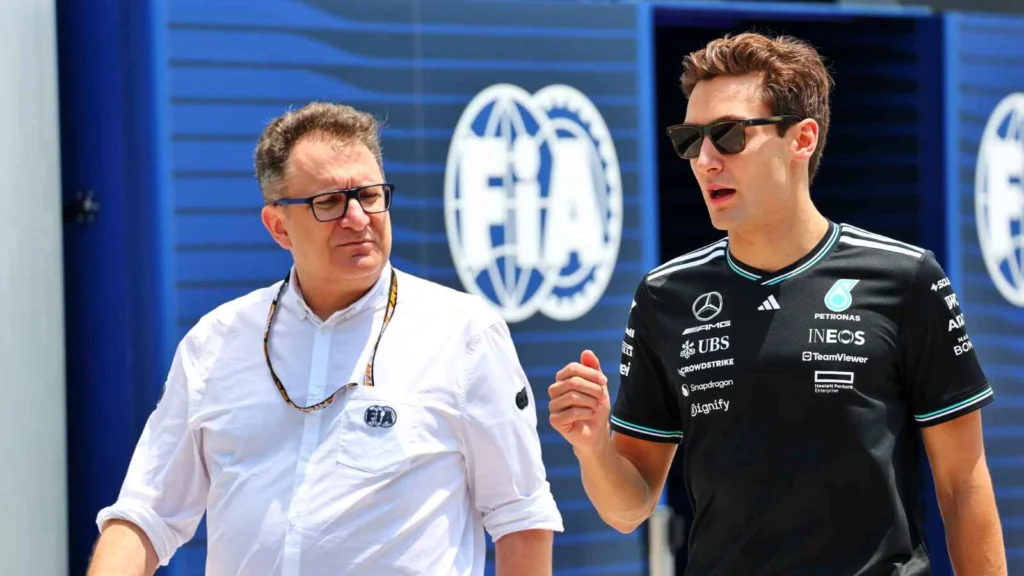
FIA downplays lap time worries for 2026
Tombazis sought to calm concerns over lap times, stressing that initial differences will settle once drivers adapt to the new cars.
“I really don’t think the lap times are going to be a factor once people get used to these cars,” he added. “I think it’s a comment you make initially when you see the delta, but I don’t think it will be a factor frankly, nor will it be hugely different from now.
“In our simulations, the new cars will be between one and two-and-a-half seconds slower at the start of the regulations, and clearly there will be evolution that will make them gain speed.”
However, he acknowledged that, with limited data from teams, the FIA’s lap time predictions might not be entirely accurate.
“In fairness, we don’t have data from all the teams; we don’t know the exact levels of downforce from all the teams,” he explained.
“Potentially, some teams that don’t get it right initially may be a bit slower than our simulations, but we don’t expect lap times to be a talking point.”
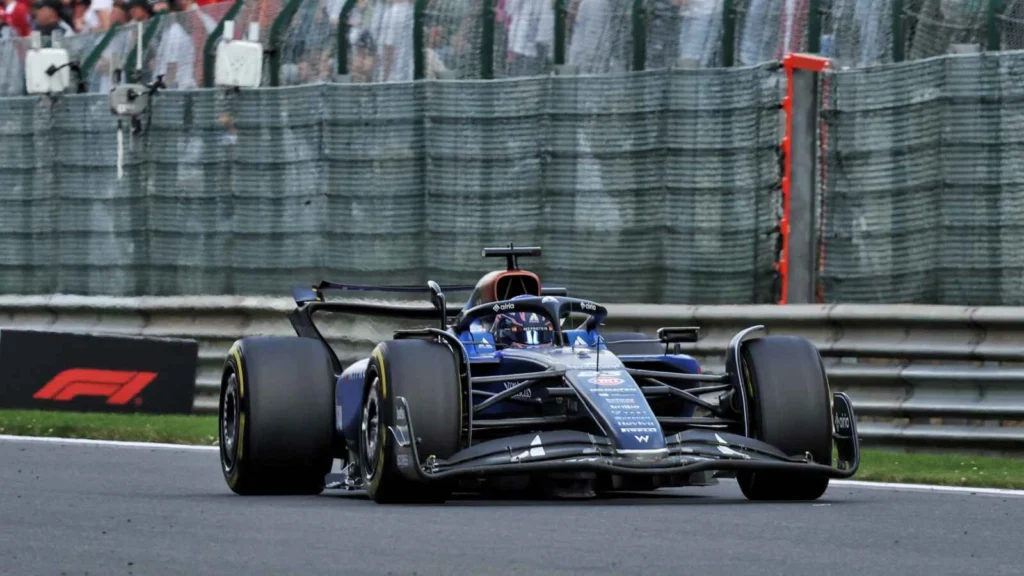
The new overtaking system under next year’s regulations
Another major change for 2026 concerns overtaking, with the traditional DRS system being replaced. Drivers will have access to two main aerodynamic modes: X-mode, which reduces drag for higher straight-line speed, and Z-mode, which increases downforce for better cornering.
These modes are designed to be adjusted dynamically during a race, allowing drivers to optimise performance depending on track sections.
On top of this, a ‘Manual Override’ boost — similar in concept to IndyCar’s ‘push-to-pass’ — will give drivers an additional temporary power advantage.
Unlike the X and Z modes, this is intended specifically to aid overtaking, adding a tactical element that can be fine-tuned by the FIA and teams for each circuit.
“This is one of the things we are doing now, when drivers are testing these cars in the simulator,” Tombazis said when asked how powerful the boost will be. “It has got similarities with DRS but also differences depending on the tracks.
“What we are generally working on with the teams and the simulations is to make sure that the extra boost you get keeps overtaking always on the difficult side.
“Difficult but feasible, rather than too easy, where you just drive past somebody on the straights, or too difficult, where you don’t manage to get close enough at the braking point.
“The finetuning that is taking place at the moment is to ensure that this override boost gives you just about the right amount to be able to get to that point. It won’t be the same for each circuit, but that is exactly the work that is taking place at the moment.”
READ MORE – The FIA reveals how it intends to avoid ‘unnatural things’ by tweaking 2026 F1 rules

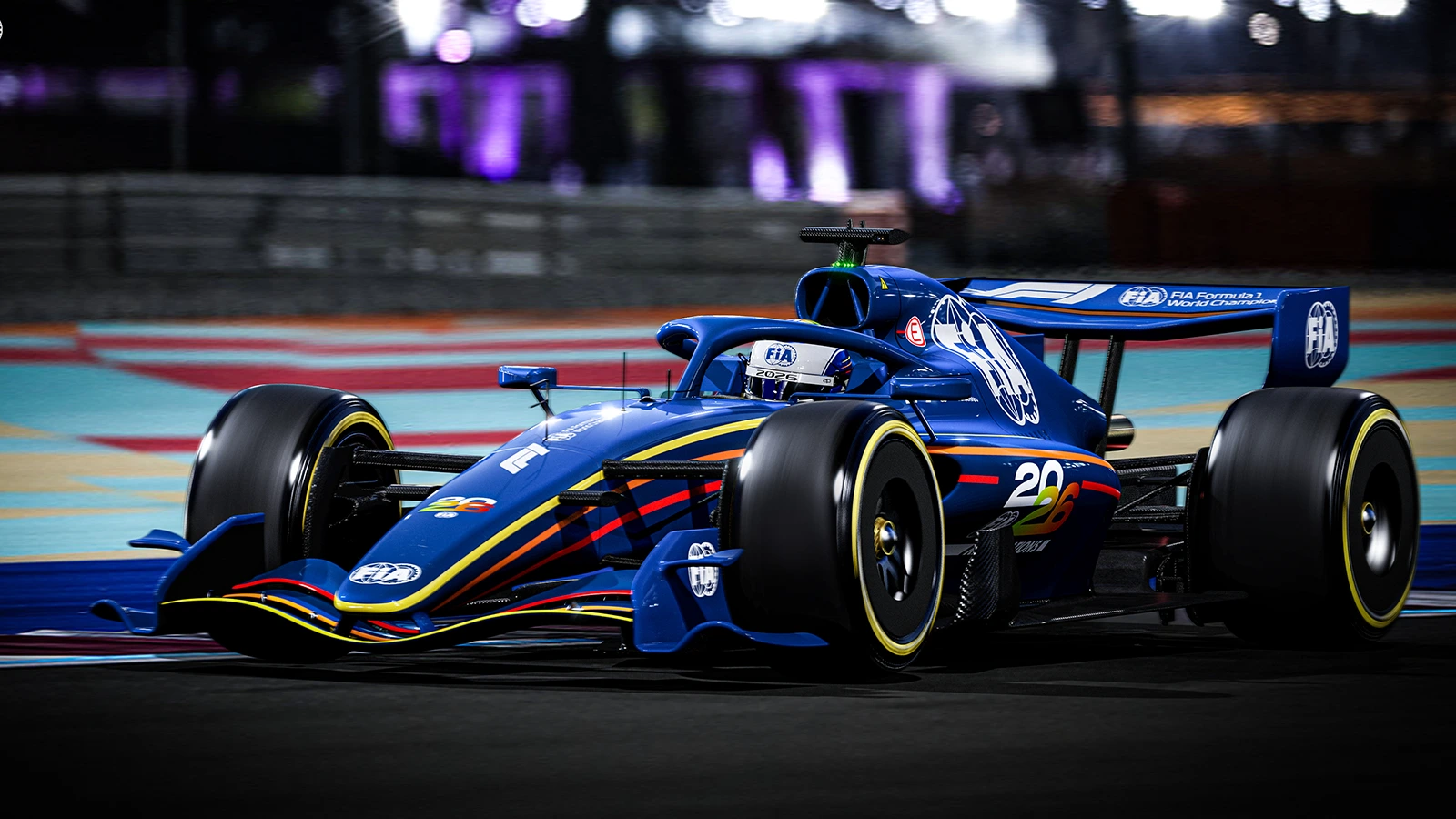



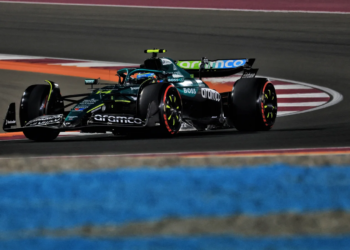
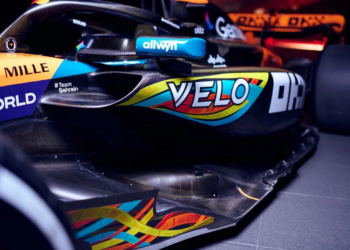

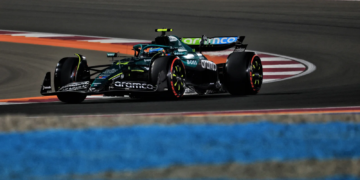

Discussion about this post